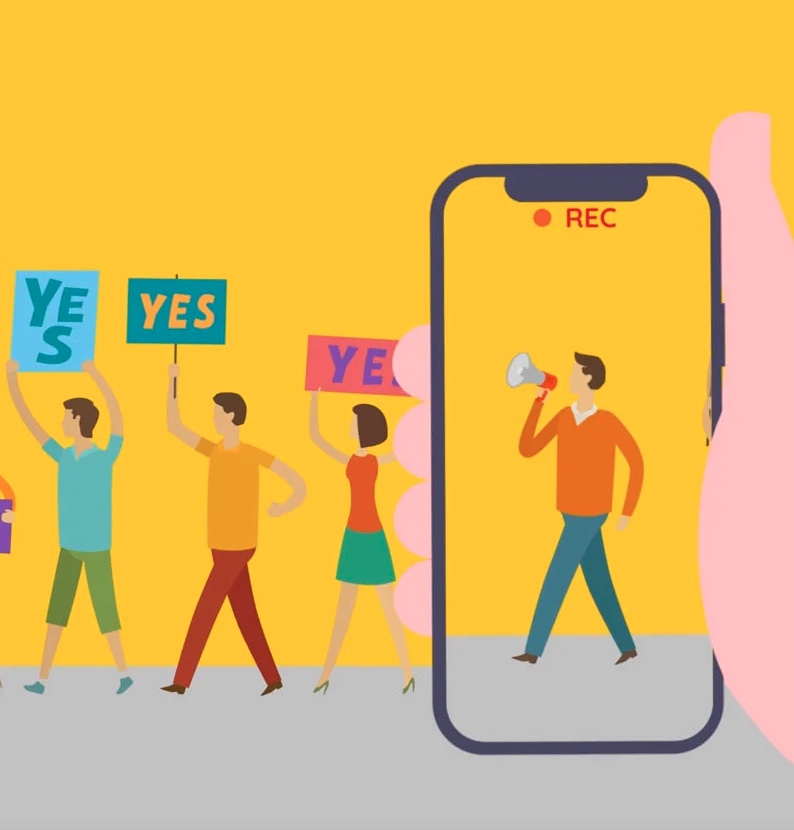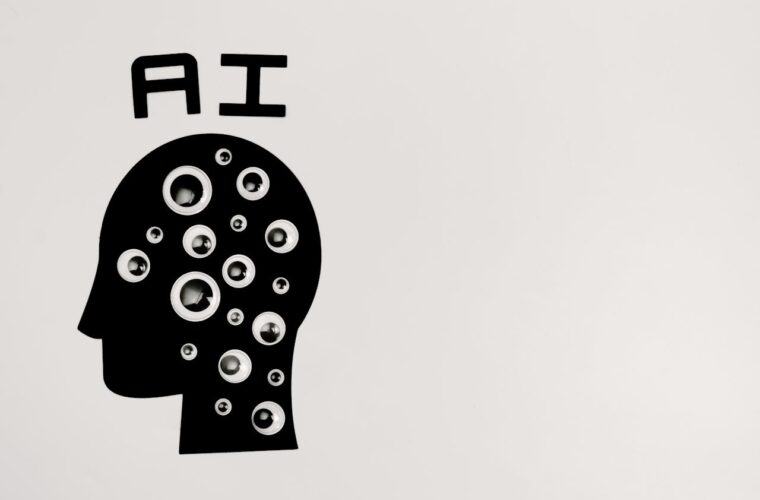Fake news: Once upon a time, there were user generated content platforms, in years when the height of social networking was Myspace. Then Web 2.0 cleared the way for everyone to post content online, and so photo and video sharing became so popular that it was inherent in the very surfing of the net. But today, with the advent of generative artificial intelligence platforms, posting what is real is becoming increasingly complex. We all have in our minds the images of the ‘fake’ pope wearing a Balenciaga jacket or the artefactual shots of Donald Trump under arrest in the streets of New York.
Declining everything in the GenIA dedicated to videos, such as Google’s Sora, the distinction between fiction and reality is becoming increasingly blurred. With this in mind, WuvDay was born. Developed by the Apulian start-up MLR, its objective is simple: to allow everyone to become a reporter, raising the value of those who do it professionally, such as journalists.
AI is a friend
One downloads the app for iOS and Android and uploads one’s own content online, together with a price which corresponds to what is required to buy, even exclusively, the file. On the customer side, one can instead enter a request for videos or photos of news or cold events, perhaps footage of monuments or special events, which anyone can purchase, from anywhere in the world. To date, WuvDay has thousands of users covering everything from Spanish villages to US metropolises, even military actions in Ukraine. Just search for a city and, with a high degree of probability, the site has it. Here is the answer to the big AI problem: what prevents a user from uploading ad hoc content created with some generative software to WuvDay?

Engineer Giuseppe Carapellese, project manager and COO of the company, underscores: ‘The first and fundamental requirement is to take photos and videos directly from the WuvDay app. In this way, we maintain control over the content capture and truthfulness process. Moreover, all ads on the portal are previewed with a watermark, which makes it difficult to use images and videos elsewhere, without having paid for them. The participation in the Mobile World Congress in Barcelona, which ended a few days ago, marked a crucial moment for MLR. ‘Presenting WuvDay, our robust solution against fake news and deepfakes, was an opportunity to show how technology can be used to strengthen the authenticity of media.’
All by a smartphone
One could argue that, with today’s smartphones capable of shooting even in 4K, downgrading a shot to have to run it from within an app is a limitation. This is why the app also allows shooting in ultra-high definition; moreover, by exploiting the company’s cloud repository and uploading the files online, we can delete them from the phone to not take up valuable space. If sold exclusively, footage and photos are also deleted from the author’s archive so that he cannot resell them to others. Transparency and certainty, in the age of fiction, are becoming more real than real.
Such an app is of critical importance, considering that the rapid rise of generative artificial intelligence technology, which can produce human-like text, images, and video, has astonished many and alarmed others with its potential to transform many aspects of daily life. Europe has taken the lead in the global movement to regulate artificial intelligence with its AI Act. However, the legislation still needs final approval and will not come into force for some time yet. However, EU officials fear they will have to act more quickly to keep up with the rapid development of generative AI.



